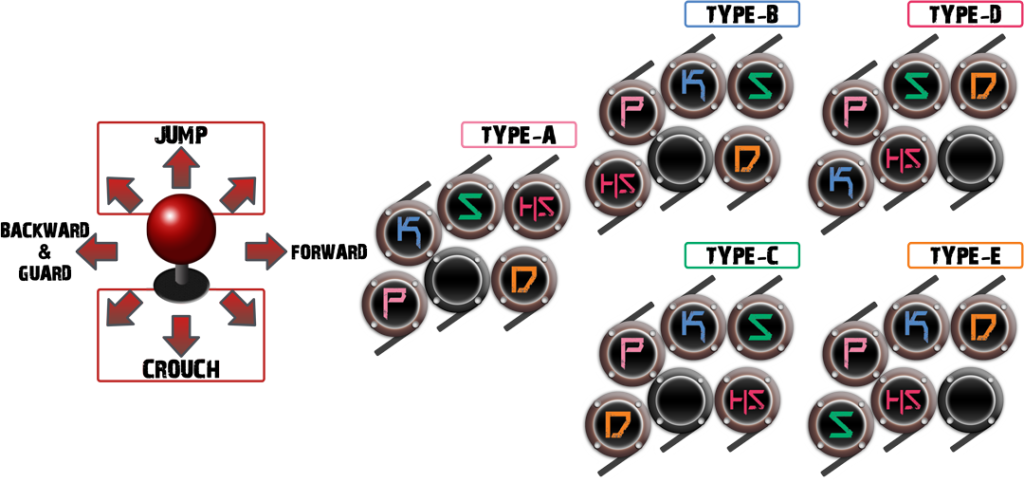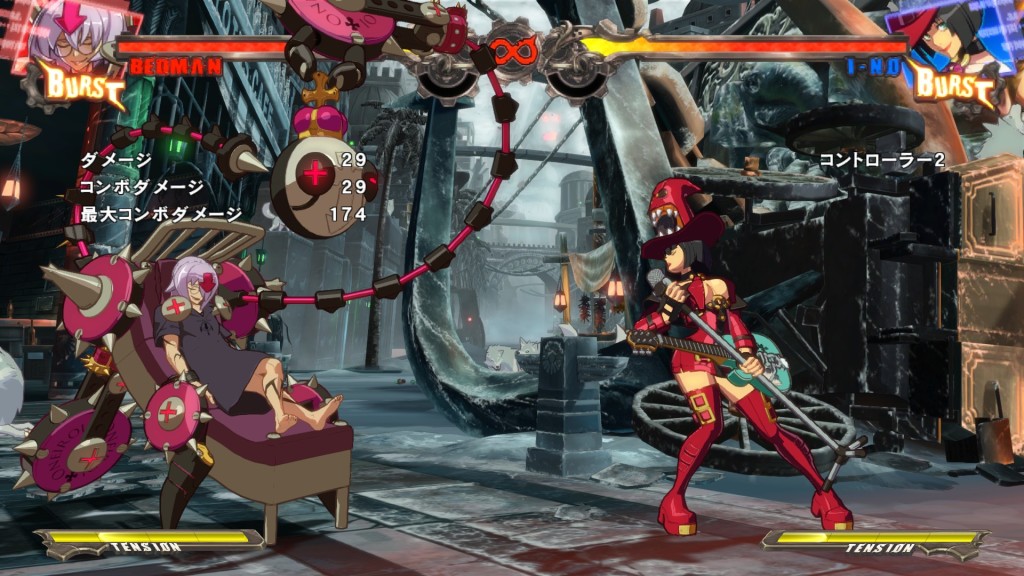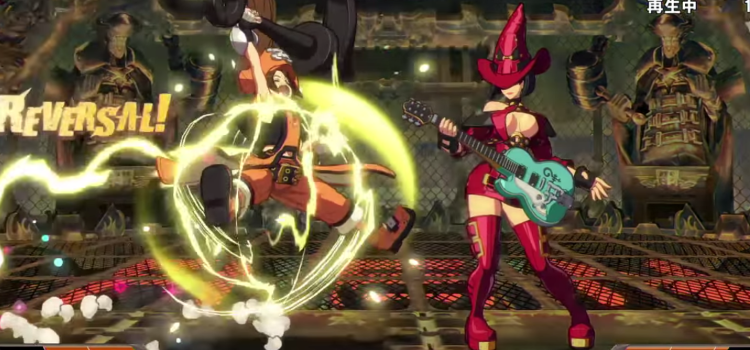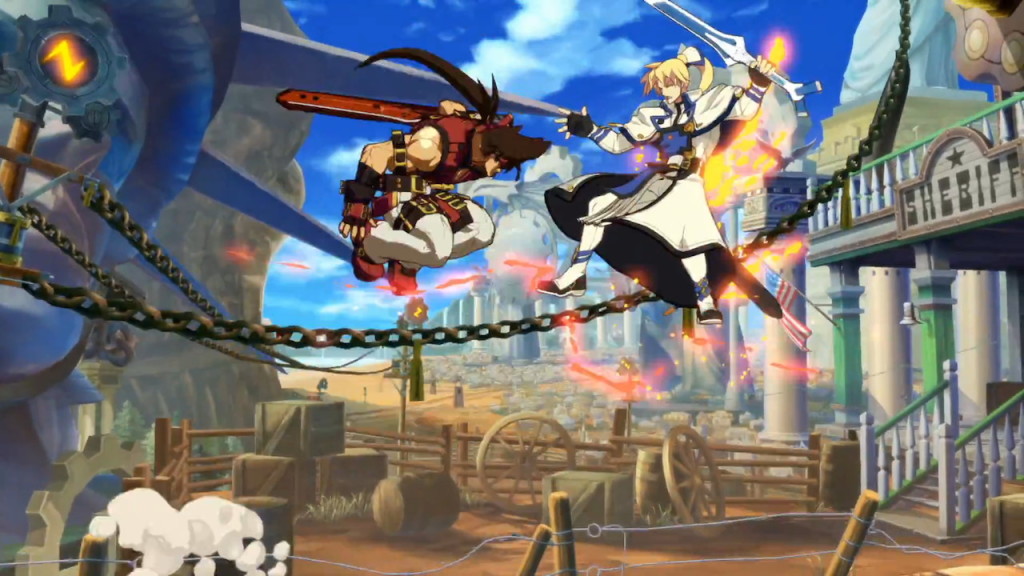
Just recently, I wrote a review of Mushihimesama detailing its many strengths. However, one of its weaknesses, and one endemic to arcade games in general, derives from its inaccessibility. The thing is, the game doesn’t bother to teach you how to play it, at all. Instead, it throws you straight to the wolves, with nary a tutorial or real sense of guidance other than “don’t die”. From a business perspective, this makes total sense, but for the aspiring player of shmups, that may turn them off entirely!
In sum, what I mean to say is that the hill to climb of learning intensely niche, execution and strategy-heavy genre like many arcade games seems to remain a mountain for the vast majority of potential players. Partly, it derives from environment, but it also stays due to the laziness of the developers. Sure, people who make video games want broader audiences to play their games, but putting in the effort to make people better, and play the game as designed, takes a whole lot of work! Since the general tenor of video games these days doesn’t emphasize a person’s ability to overcome challenges as much as in the old days, developers who do emphasizes these elements retreated to the genres best suited to their tastes.

Of course, plenty of counterexamples exist, since the arcade market continues to shrink even in Japan. Street Fighter IV single-handedly revived fighting games for Western audiences, and its success stoked other arcade developers into either 1. creating a graphically comparable presentation (we white people sure love 3D graphics!) or 2. making a game that prunes over-complicated elements and allows new players to get into the swing of mechanical layers much more quickly. 1. is the easy route, mostly exemplified by Mortal Kombat’s more recent entries, while 2. has been a bit of a learning process!
Why do I say this? Well, accessibility can often come at the expense of depth. Street Fighter IV, to mention it again, simplifies Street Fighter while adding all sorts of seemingly “deep” concepts. Unfortunately, SFIV turned into a bit of a turtling game with matches that simply last too long. Sure, it’s flashy and has strange mechanics like “plinking” and unintended option selects, but it’s a simple matchup-heavy game at heart. Know your character, know your opponent, and you know how he/she has to approach you. There’s no mystery in that, and watching enough games of it gets you the sense of its super-slow pacing.

There’s also a flip side to this, with over-complicating established ideas. Blazblue adds all sorts of mechanics to the Arc System Works “Guilty Gear” formula, (i.e., air-dashing, fast combos and air juggling) but it too also changes too many things (even basic combo strings!) from entry to entry. The whole guard mechanic seems to change with every iteration, and it gets frustrating to re-learn characters from square one, or switch from them entirely. I like Blazblue, although I find I can never really find myself dedicated enough to the game. Seriously, they really do change a lot from entry to entry, even the hit sounds (which, in Chrono Phantasma, sound awful and I hate it).
Color me surprised that the newest sequel to Guilty Gear somehow eliminates many, many problems with fighting games. Sure, it’s a simpler game than its predecessor, the stirringly and cleverly titled GUILTY GEAR XX ACCENT CORE PLUS R (say that three times fast), but that game contained a decade worth of layered mechanics onto Guilty Gear XX. Guilty Gear Xrd takes things back to basics, as least as basic as Guilty Gear can get!
To describe in detail, the last Guilty Gear entry forced any one with basic competence to learn False Roman Cancels to get anywhere. Guilty Gear’s innovative Roman Cancel system (at least a decade ago) let you, for the cost of 50% meter, cancel out of any attack if you pressed any three buttons, stopping your character’s current action and allowing them to do whatever you wanted after it. As you might imagine, this has tons and tons of uses!
False Roman Cancels, on the other hand, work for a few moves by reducing their timing if you execute them correctly. Your timing need to be 1-2 frames of precision just to get it out, and if you don’t do it right, combos simply do not work. Unfortunately, you pretty much HAD to learn these timings for some characters, or else you would lose essential options for actual play. This execution barrier, along with years and years of Guilty Gear players, made getting into the game a massive, completely inaccessible undertaking (one in which I was completely uninterested in trying!).

Xrd replaces FRCs with Yellow RCs. In basic, YRCs let you now RC out of most any move if it doesn’t hit the opponent. This allows for all sorts of new strategic depth, while also making the concept very accessible to the new player who can’t perform controller motions with unparalleled accuracy. YRCs also only cost 25%, which makes them much more viable.This is what I mean when I say “accessibility” – it adds new elements, while also allowing new players to enjoy them too. Now we can, for lack of better terminology, FRC ANYTHING WE WANT, and this just fixes so many things that prevented me from playing Guilty Gear in any serious way.
Furthermore, Roman Cancels of any kind now slow down the entire screen; this gives the player the option to press their next move right after the RC, and have it come out perfectly. I can’t tell you how much easier this make execution without punishing new players; sure, you still have to hit the buttons pretty fast to use the system, but everyone benefits from this easier execution, and ArcSys takes down yet another barrier to entry. They even had the thought that YRCs might be too good if cancelled too late, and created Purple RCs, which cost 50% and slow down your ability to do something after them. It’s just very thoughtful and intuitive!

Last, they really took a good hard look at the accumulation of special moves for most of the cast, and pruned them into accessible form. Just take I-no, for example – her air combos used to break your hands to do competent, considering you needed FRCs and tons of air dashing, half circle then forward and a button in the middle of combos, and all manner of other crazy things. Her execution requirements made her almost impossible for the average person to play. They’ve simplified her motions considerably without really removing anything in the process, and that makes me happy (woo). Basic movements are also far easier to perform with far more forgiving timing.
Add the fact that Xrd literally looks like an anime in motion, what with the incredibly well-designed and shaded 3D which plays in 2D, and you’ve really got a winner on your hands! The PC release even makes this more apparent, assuming you’ve got the rig to run it; it looks and plays spectacularly. All of this is to say that accessibility can count for a lot when trying to bring arcade-style gaming to the masses. You do need to give an olive branch to new players, and I’d say Guilty Gear Xrd does this very effectively through good game design, and not just looks. It makes the game understandable again, and that’s a good thing.
Not surprisingly, we have a similar situation in regards to Christianity, considering Jesus used so many parables to make his point. Why parables? They made complex concepts approachable and accessible for a common audience. Sure, it’s not like anyone understood it at first, but they are the sort of stories which make sense after thinking about it for a second. While difficult, they also allow Jesus to present ideas that most people could not fathom if given in a different way. This makes perfect sense in hindsight, though perhaps not to Jesus’ followers at the time. In fact, they were pretty confused, but Jesus knew in time that we’d all get it – stories can get to the heart of the matter in a way straight theology sometimes cannot.
33 He spoke another parable to them, “The kingdom of heaven is like leaven, which a woman took and hid in three [s]pecks of flour until it was all leavened.”
34 All these things Jesus spoke to the crowds in parables, and He did not speak to them without a parable. 35 This was to fulfill what was spoken through the prophet:
“I will open My mouth in parables;
I will utter things hidden since the foundation of the world.”
While it seemed strange at the time, we clearly “get it” now. Accessibility, it seems, has applications everywhere!
